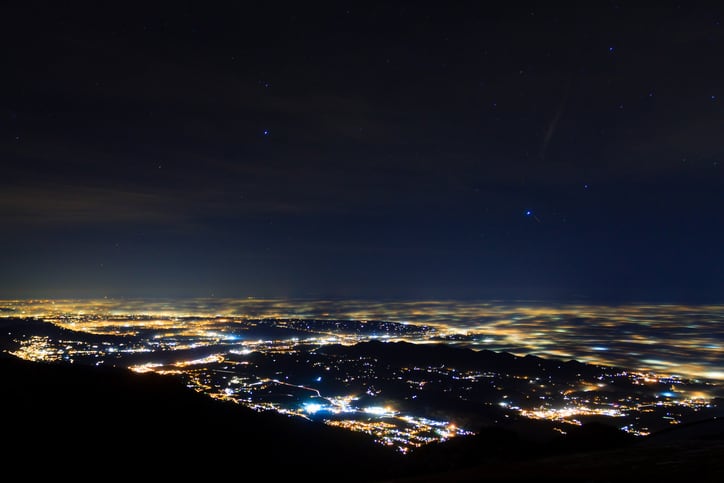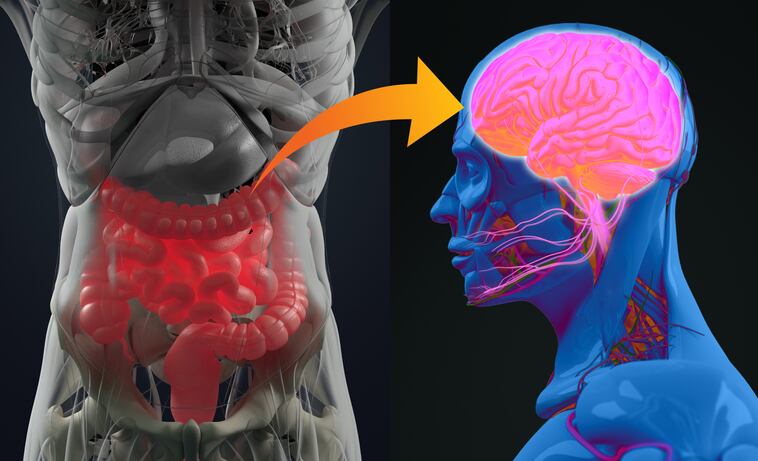It's estimated that light pollution prevents about one-third of the world's population from seeing the Milky Way galaxy at night. In fact, 80% of the world lives under skyglow.
The toll is getting harder to ignore
While obscuring the view of the universe is bad news for professional and amateur astronomers, there are growing concerns that light pollution may also have health consequences. Melatonin regulates the sleep–wake cycle and increases antioxidant defenses. Because the hormone is only secreted when it is dark, exposure to nocturnal light decreases the body’s production of melatonin.
"There are no studies on melatonin and light pollution in reptiles and amphibians and no long term-studies at all. Particularly, the impacts on human health are not fully understood,” said head researcher Dr. Franz Hölker.
Seeking to gain a better understanding, researchers from Leibniz-Institute of Freshwater Ecology and Inland Fisheries (IGB) analyzed data on the impact of light pollution on melatonin production in humans and vertebrates.
The dark side of light pollution
The international team reviewed 1,900 studies, finding 72 of those to meet their criteria for light pollution.
"Surprisingly, the low light levels of skyglow are sufficient to suppress melatonin production in several vertebrate classes,” first author Dr. Maja Grubisic from IGB Berlin said.
The researchers found that even very low light levels can suppress melatonin production. For instance, fish have a threshold of 0.01 lux, rodents 0.03 lux and in sensitive humans, 6 lux (typically street lighting is higher), and for pure blue light the thresholds are even lower.
For comparison, the illuminance levels at night: On a starry night, the illuminance is 0.001 lux. On a full-moon night it reaches a maximum of 0.3 lux. The skyglow of a city, a form of light pollution, can reach illuminances of up to 0.1 lux, and outdoor lighting on the order of 150 lux.
"Skyglow affects large areas on a world-wide scale, as we know from satellite data,” said researcher Dr. Andreas Jechow. When light from artificial lighting shines into the night sky, the skyglow is even brighter with rain and snow because it is reflected by clouds and particles.
Far reaching effects
In fact, satellite imagery between 2012 and 2017 showed that global light pollution increased at a rate of about 2% per year, according to the International Dark-Sky Association.
However, there is some good news. The non-profit said thousands of cities have adopted “lighting ordinances” to help to limit light pollution.
To minimize light pollution in your home, Dark Sky suggests downloading a color temperature app that adapts your electronic screen to the time of day.
Color Temperature Apps:
- F.lux is available for Mac OS/X, Windows, Linx and (jailbroken) iPhones and iPads.
- For those with Apple devices come with the Night Shift app is pre-installed. Click here to learn how to use it.
- Lux is available for Android devices with free and pay versions.
- Twilight is available for smartphones or tablets.
Source:
Sustainability
2019, 11(22), 6400; https://doi.org/10.3390/su11226400
“Light Pollution, Circadian Photoreception, and Melatonin in Vertebrates”
Authors: M. Grubisic, et al.




